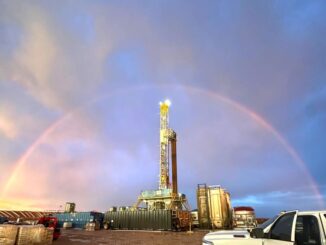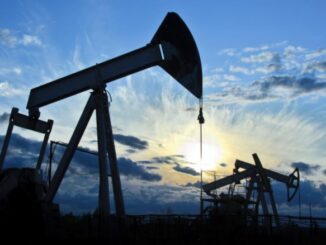
MINOT, N.D. — It’s remarkable how ahead of the curve North Dakota is when it comes to carbon capture and storage.
You’ve probably heard about this issue in the context of some consternation over efforts to build a pipeline to bring captured carbon from ethanol facilities across the upper midwest to North Dakota for storage.
That controversy is one part valid concern over property rights issues like eminent domain, one part public relations bungling by Summit Carbon Solutions, the company behind the project, and two parts vindictive politics from the likes of failed U.S. Senate candidate Rick Becker and North Dakota Farm Bureau President Daryl Lies.
These men are motivated more by personal political ambition than any sort of principled stand on carbon capture. They each capital-H hate Gov. Doug Burgum and Sen. John Hoeven, two of the most outspoken champions of carbon capture in our state, and their opposition to carbon capture has its roots in those personal animosities.
Lies, specifically, seems to value his personal political career more than his duty to serve his Farm Bureau constituency. He now aspires to be a talk radio host, broadcasting daily from Bismarck. Whipping up fervor against carbon capture makes for good radio, if not good policy, or good service to one of our state’s most important industry groups.
Property rights are hugely important in any context, and property owners deserve better than to be cannon fodder for wannabe pundits.
But if we look beyond the petty personal politicking of low-rent politicos like Becker and Lies, we can see just how well-positioned North Dakota is to be an epicenter for the emerging carbon capture industry, whatever happens with the Summit pipeline.
Allow me to illustrate this point.
The federal government, through the Environmental Protection Agency, has been permitting carbon capture projects for years. But they’re not very good at it. In a recent report to Congress, the EPA admitted that it’s taking them literally years to issue permits for carbon sequestration .
Three years, on average, to be specific,
But the EPA doesn’t issue those permits in North Dakota. Our state is one of two (Wyoming is the other) which has been granted primacy over carbon sequestration projects, and here permits take mere months.
That’s not theoretical. It’s already happening.
Back in July, I interviewed Gerald Bachmeier, the chief executive officer of Red Trail Energy, for an episode of my Plain Talk podcast (subscribe here ). At the time, his company had just added carbon capture to their ethanol facility near Richardton, North Dakota. It officially began capturing carbon on June 16, 2022, and they expect to store underground 100% of the 180,000 metric tons of carbon dioxide emitted annually from its fermentation process.
Bachmeier was so enthusiastic about this, he told me his company plans to expand their capture efforts to their heating systems, at which point the facility would be effectively carbon neutral.
The permitting process took about five months, Bachmeier said, and he expects the process to be faster in the future. “Ours took a little longer because we were the first one,” he told me.
In other words, we’re going to get better at this.
And that’s a good thing because, despite the opposition from an unholy alliance of left-wing environmentalists, who hate carbon capture because it helps the fossil fuel industry, and right-wing chuckleheads like Lies and Becker, who are against just about everything, this is all vital to our state’s future.
Our primary industries — energy and agriculture — are extremely carbon-heavy. Like it or not, the expectation in the future is that industries and keep carbon emissions at or near zero.
We can keep our North Dakota industries competitive in the modern economy by developing ways to capture the carbon they admit and keep it out of the atmosphere.
In fact, we’re already leading the nation in doing it, as evidenced by a competent and efficient permitting process that already enables businesses in our state to get started.
Again, we’re ahead of the curve, and it’s thanks to leadership from people such as Burgum, and Hoeven, and Sen. Kevin Cramer, and majorities in our state legislature, to make it happen.



